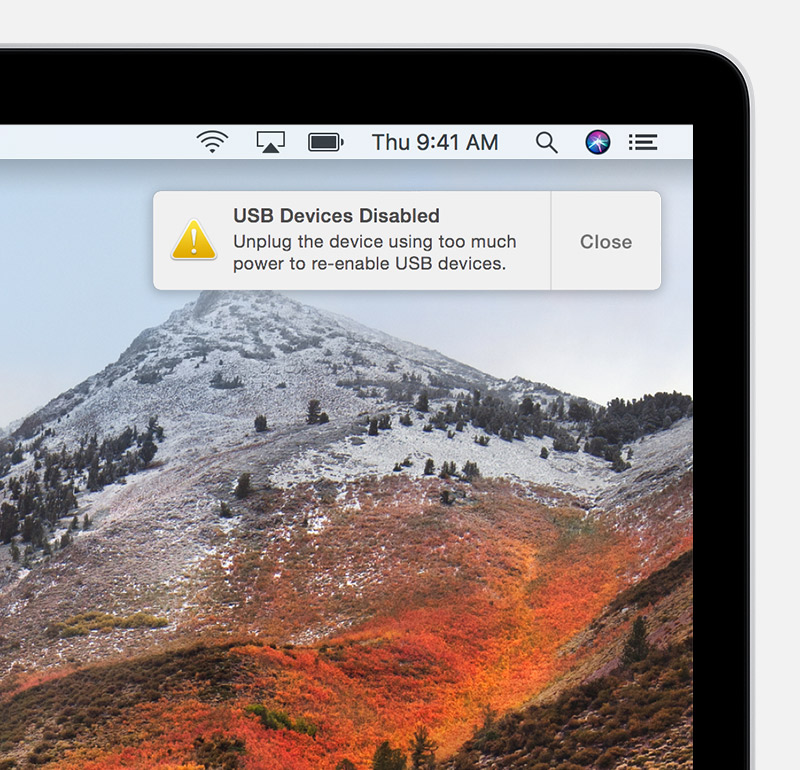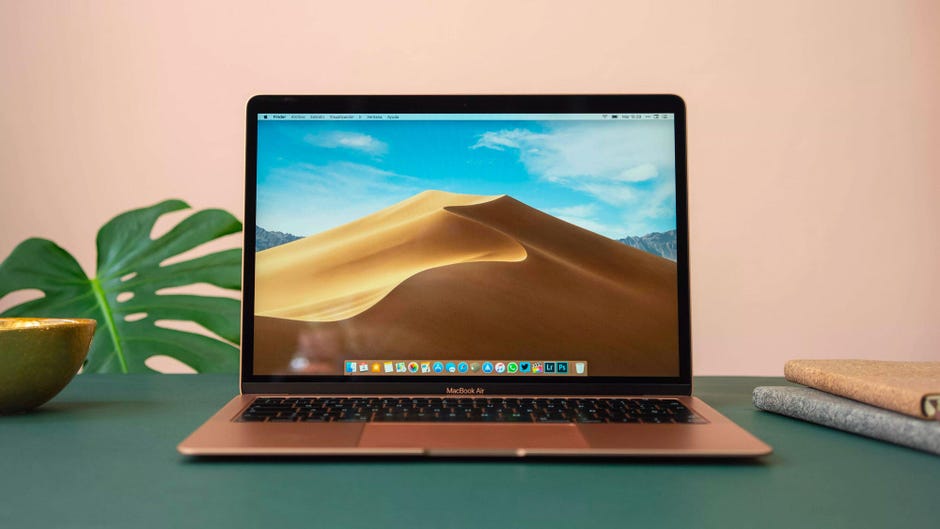- No More Power-ups Mac Os Catalina
- No More Power-ups Mac Os Download
- No More Power-ups Mac Os Pro
- No More Power-ups Mac Os 7
Invulnerable No More! It's long been asserted that Apple computers are invulnerable to viruses. This has not been because the OS is flawless, but rather because hackers focused on the more. Sep 14, 2019 The High Difficulty mode has returned. In this mode, some parts will be impassible or will take too long to complete if you do things in the wrong order, and there are no pop-up hints available. In Casual mode, you won't require as many power-ups to complete levels and there are no impassible levels. OS X has always had more than its fair share of animations and lighting effects. However Lion takes this to a new level incorporating iOS style effects and skeuomorphic UI Textures. While its certainly arguable that the performance increase gained from removing Lions animations is slight, the time saved from these effects “playing out” adds. Firefox is also a very common browser choice for Mac users, even more so since its Quantum revamp. If you use Firefox, take a look at how you can enable pop-ups within Mozilla’s popular browser.
Moving from your PC to your new Mac? Consider it done.
With macOS, you can move all the information from your old PC to your new Mac. Built-in Windows-to-Mac migration in macOS automatically transfers your documents, music, contacts, calendars, and email accounts (Outlook and Windows Live Mail), and puts them in the appropriate folders and applications on your new Mac. Just like that.
If you buy your Mac at an Apple Store, Personal Setup can help you get off to a great start.
Work with anyone.
Every Mac comes with Pages, Numbers, and Keynote — powerful productivity apps from Apple that help you create stunning documents, spreadsheets, and presentations. You can collaborate with one person or many people to create and edit Pages, Keynote, and Numbers files. And everyone can work on the same document at the same time — from across town or across the globe. You can also open, edit, and save Microsoft Word, Excel, and PowerPoint files with these apps, so you can easily work with others, regardless of whether they’re on a Mac or PC.
Use Microsoft Office for Mac. Connect to Microsoft Exchange Server.
Fun fact: There’s a version of Microsoft Office written just for Mac. So you can use Word, Excel, and PowerPoint on a Mac just like on a PC.
macOS also provides built-in support for the latest version of Microsoft Exchange Server. So you can use all the apps you love on your Mac, and have access to your mail, contacts, and calendar from the office, all at the same time.
Access your files from anywhere with iCloud.
No More Power-ups Mac Os Catalina
Your Mac comes with iCloud Drive, which lets you safely store all your presentations, spreadsheets, PDFs, images, and any other kinds of files in iCloud. Then you can access them from any device, including your iPhone, iPad, iPod touch, Mac, or PC.1
Industry standard‑bearer.
Thanks to its support for industry standards, macOS works with virtually all email providers and websites. It also lets you view the most common file types, including Office documents, PDFs, images, text files, MP3s, videos, ZIP files, and more.

So if you’re moving files from a PC or if your friends and colleagues send you files, you can rest assured they’ll work beautifully on your Mac.
Relax. Your camera, printer, and mouse work, too.
Almost any device that connects to a computer via USB, audio cable, or Bluetooth will work with a Mac. That includes digital cameras, external hard drives, printers, keyboards, speakers, and even your right-click mouse. And with technologies like AirPrint and the array of class drivers included with macOS, you can start using these devices as soon as you plug them in — no need to manually download additional software.
A Mac can even run Windows.
Have a Windows application you need to use once in a while? No problem. Every new Mac lets you install and run Windows at native speeds, using a built-in utility called Boot Camp.
Setup is simple and safe for your Mac files. After you’ve completed the installation, you can boot up your Mac using either macOS or Windows. (That’s why it’s called Boot Camp.) Or if you want to run Windows and Mac applications at the same time — without rebooting — you can install Windows using VMware or Parallels software.2

Connect to PCs over a network.
The Finder not only lets you browse files on your Mac, it also makes it easy to find files on other computers — both Mac and PC — on your home network. Computers that allow file sharing automatically show up in the Shared section of the Finder sidebar, allowing you to browse files and folders you have permission to view.
Works on macOS
- Microsoft Office for Mac and Word, Excel, and PowerPoint documents created on a Mac or PC
- Windows using Boot Camp or third-party software
- Access to Microsoft Exchange Server in Mail, Contacts, and Calendar
- Virtually all email services and providers
- Popular file types such as PDF, JPG, ZIP, MP3, PSD, and more
- Digital cameras, printers, hard drives, mice, and keyboards with USB connections
- Wi‑Fi hotspots and Windows networks
- Text messaging with Skype, Facebook, WeChat, LINE, and more
No More Power-ups Mac Os Download
I recently read a, to say the least, interesting prediction about the future of Mac OS X.
In the latest issue of the Swedish Macworld magazine they interviewed a number of developers about iPad and what they believe about it’s future. Amongst them, Jayway iTeam CTO Fredrik claimed/envisioned that iPhone OS X will be the new Mac OS X, and that there will be no Mac OS X 11, and maybe not even a Mac OS X 10.8.
Me myself being interviewed fairly frequently for magazines, I know it can be a misquote or not totally accurate, so I’ll give him the benefit of a doubt. But anyway, what if it were true?
The iPad
Without delving too much into the iPad, and the various opinions about it being either the savior of computers or just being an enormous iPhone, I think we can all agree on that a fair amount of people will use it. And personally, I think the iPhone/iPad OS definitely has its place for less tech-savy users and also for more simple usage like reading mail, surfing the web, playing customized games etc. Seeing people using an iPhone for the first time, it is impressive how fast they learn it and adapt.
Using the screen keyboard on the iPhone (and most likely iPad as well) is tedious and inefficient to a real keyboard. And with the iPad, if you connect a keyboard, it kind of kills the purpose of a tablet-device, and I could just have a laptop instead.
Mac OS X
The main strength of Mac OS X is the many ways you can adapt and customize it. If you just want pretty applications, nice text rendering and easy application installations, that’s fine. But if you want to unleash the raw Unix power, terminal hacking and some deep-level coding, that’s just as much an option. And what I really like about it is the balance between these two, that I can have the best GUI and at the same time the full power behind the scenes.
And, most importantly, I can install and configure any application I want to.
Don’t mix ’em up
No More Power-ups Mac Os Pro
I think the iPhone OS will be pretty good for iPad and similar devices, but I would never ever want it to, in any way, replace Mac OS X. Just imagine being forced to use iTunes on your computer, having the almighty App Store decide what you can install, being limited in choice, not to say the least, in choice of web browser, mail application etc. I strongly believe a full operating system will always have its place, especially when it comes to choice and personal control.
If the full Mac OS X would be replaced by something iPhone OS-like, my switch to something Linux-based (probably Ubuntu) would happen very soon.
No More Power-ups Mac Os 7
What are your thoughts?